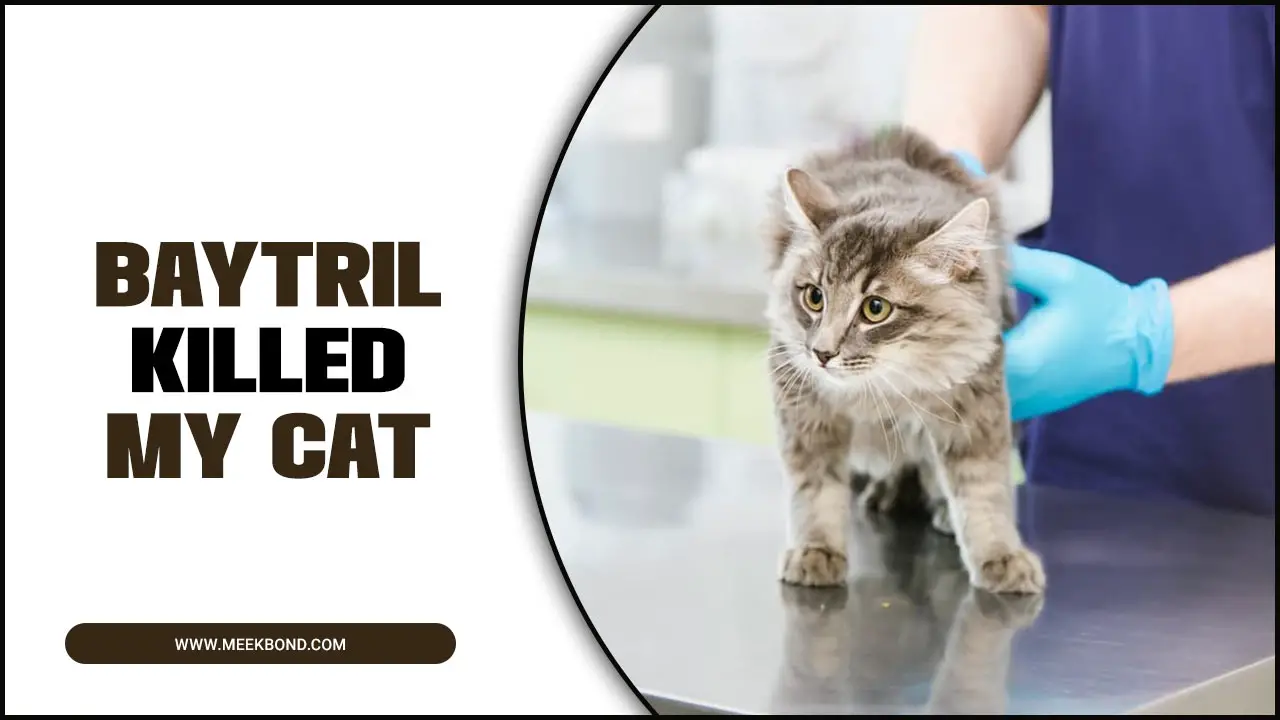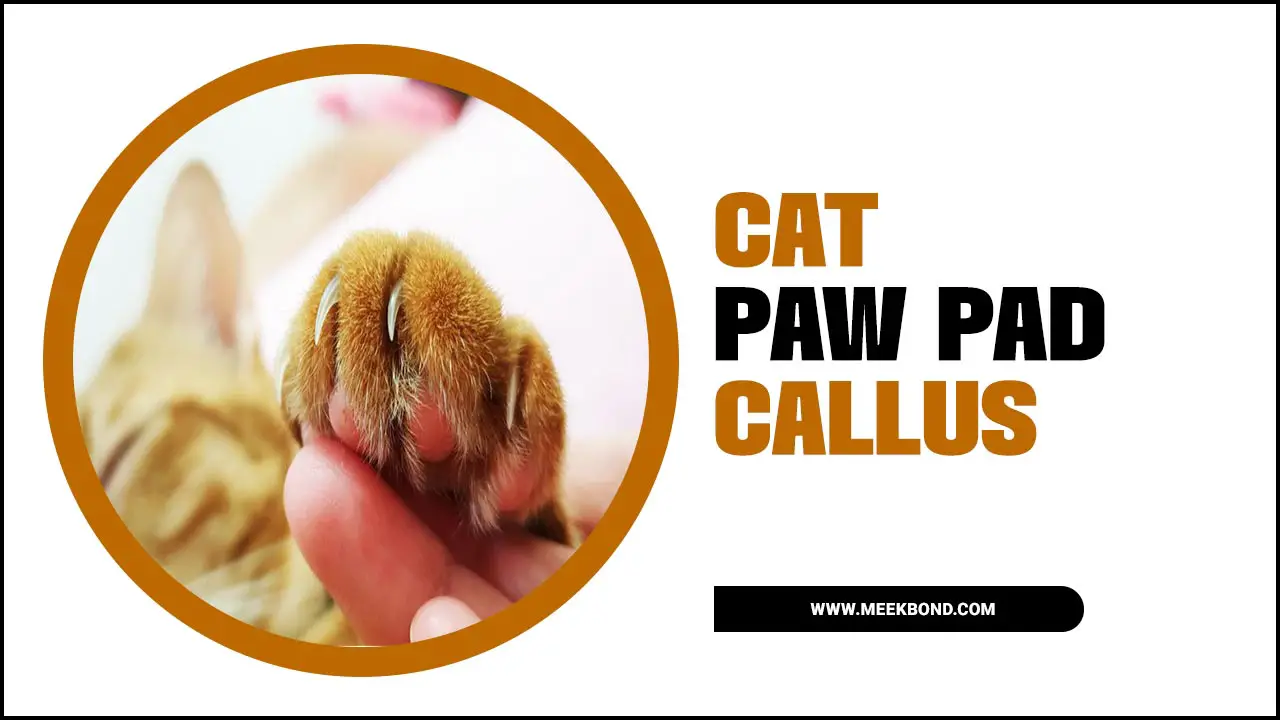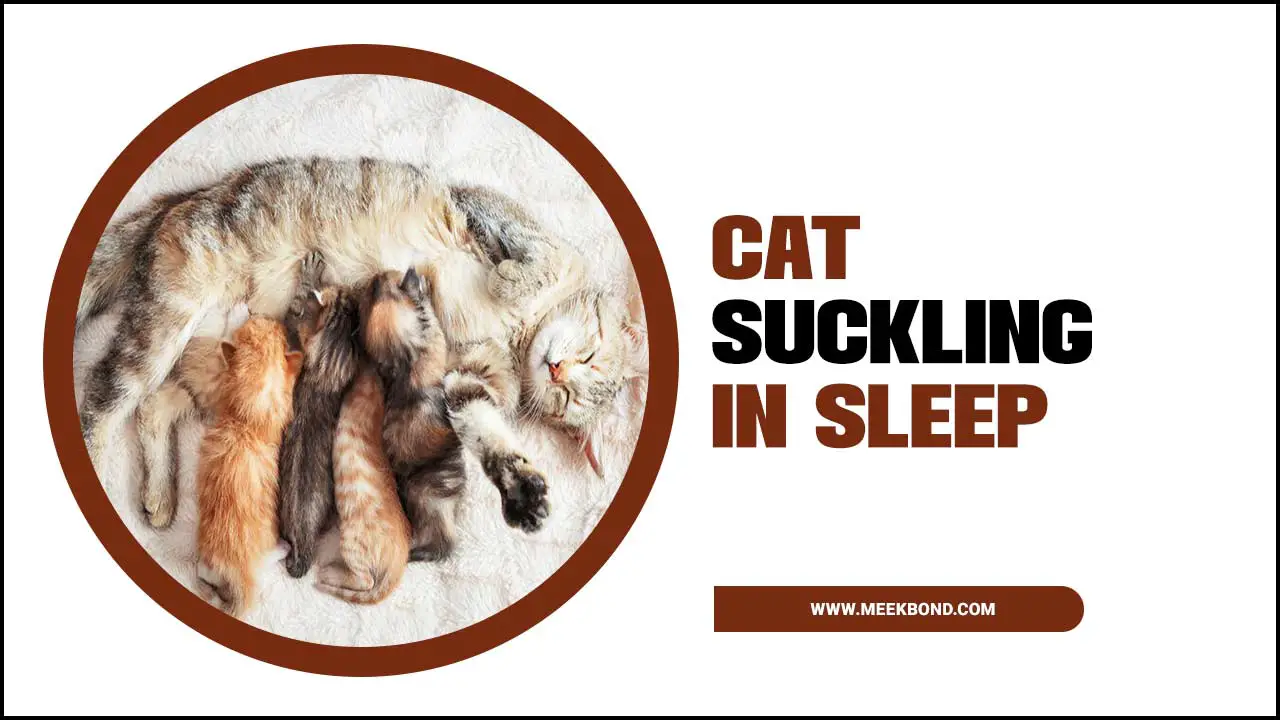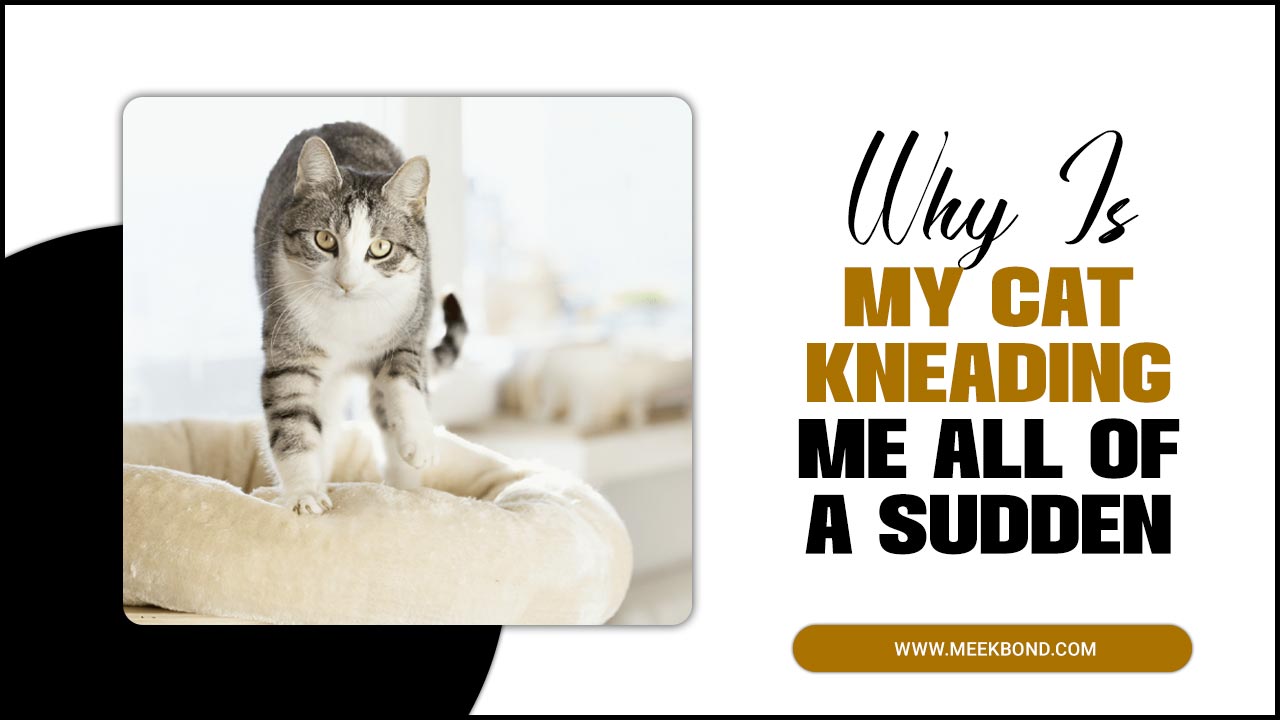As a pet lover, there’s nothing more frustrating than finding your furry friend has a dingleberry. This unpleasant and uncomfortable problem can cause a lot of distress for you and your cat.
Dingleberries are caused by fecal matter sticking to the fur around your cat’s backside. Not only are dingleberries unsightly, but they can also lead to infections and irritation if left untreated. As a responsible pet owner, knowing how to deal with this issue safely and effectively is important. In this blog post, we will share some tips and tricks on dealing with dingleberry on cat.
We understand that dealing with dingleberries can be a sensitive subject for some pet owners, but it’s essential to have a basic understanding of how to deal with this issue. Our guide will cover everything from identifying the problem to preventing it from reoccurring.
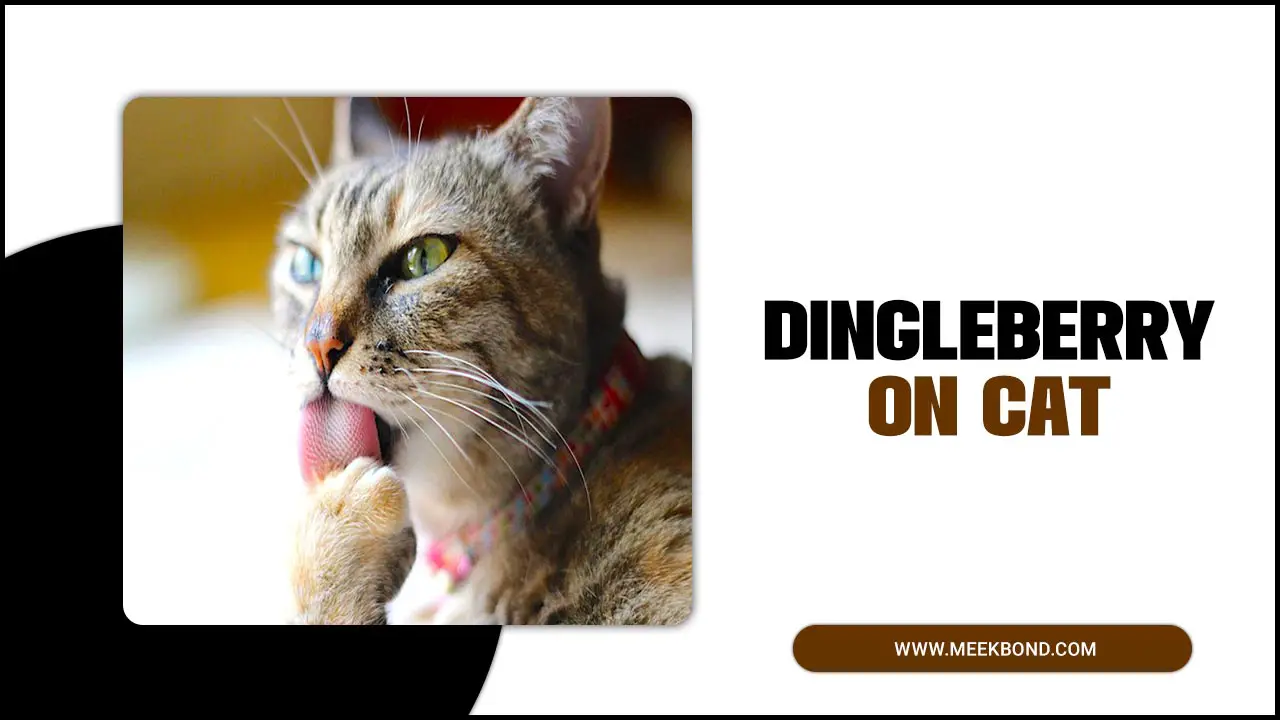
How To Remove Dingleberry On Cat Without Injury
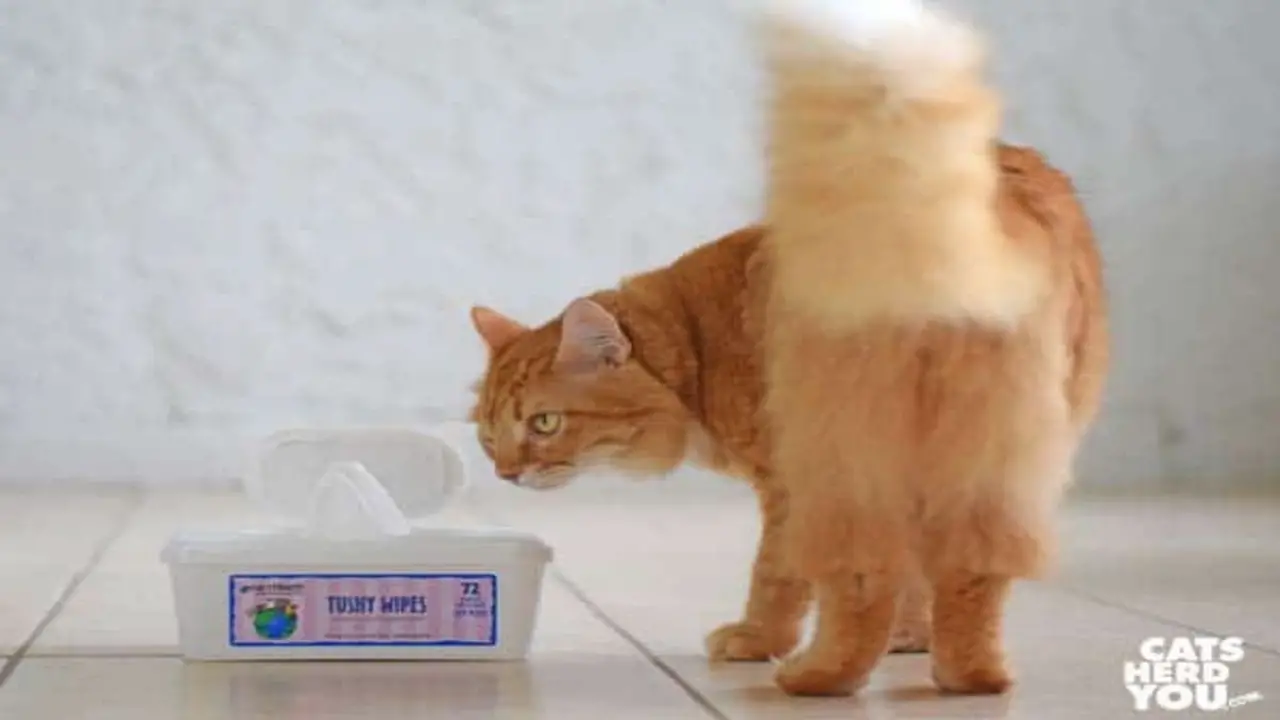
Dingleberries can be an unpleasant issue for cats and their owners. A dingleberry is a piece of feces that becomes stuck in the fur around the cat’s anus. Removing a dingleberry from your cat can be a delicate task requiring patience and care.
It is important to approach the situation calmly and avoid causing harm or discomfort to your furry friend. Here are some steps you can take to remove a dingleberry on cat without causing injury:
- Prepare the necessary supplies: Before removing the dingleberry, gather some gloves, scissors (with rounded tips), and a pet-safe lubricant or oil.
- Assess the situation: Take a closer look at the dingleberry to determine its size and location. Extra caution will be needed during removal if it is close to your cat’s skin.
- Apply lubricant: Gently apply a small amount of pet-safe lubricant or oil around the dingleberry. This will help soften it and make it easier to remove.
- Trim carefully: If the dingleberry is large or tangled in your cat’s fur, use scissors with rounded tips to trim away any excess hair surrounding it. Be extremely careful not to cut your cat’s skin.
- Remove the dingleberry: With gloves on, gently pull apart the matted fur around the dingleberry and work it loose from your cat’s fur. Take your time and be patient to avoid causing discomfort or pain.
- Cleanse the area: After successfully removing the dingleberry, clean your cat’s rear end with a damp cloth or pet-friendly wipes. This will help prevent any further irritation or infection.
Remember, if you are unsure about removing a dingleberry yourself or it seems particularly difficult, it is always best to consult a veterinarian for professional assistance.
Understanding What A Cat Dingleberry Is
When understanding what a cat dingleberry is, it refers to clumps of feces that get stuck to the fur around the cat’s anus. These dingleberries can occur due to various factors, such as diarrhea or excess fur around the anal area. It’s important to address them promptly, as they can cause discomfort, irritation, and infection if left unattended.
Certain cats are more prone to dingleberries, particularly those with long hair or obesity. Regular inspection of your cat’s rear end can help identify and address these pesky clumps. You can ensure their hygiene and well-being by keeping an eye on your cat’s anal area.
To effectively deal with dingleberries, removing them gently and carefully is essential. Using a fine-toothed comb or brush, softly combing out the dingleberry can loosen it. Additionally, you can use pet-safe wipes or warm water to soften the clump before removal.
Why It’s Important To Remove Cat Dingleberries
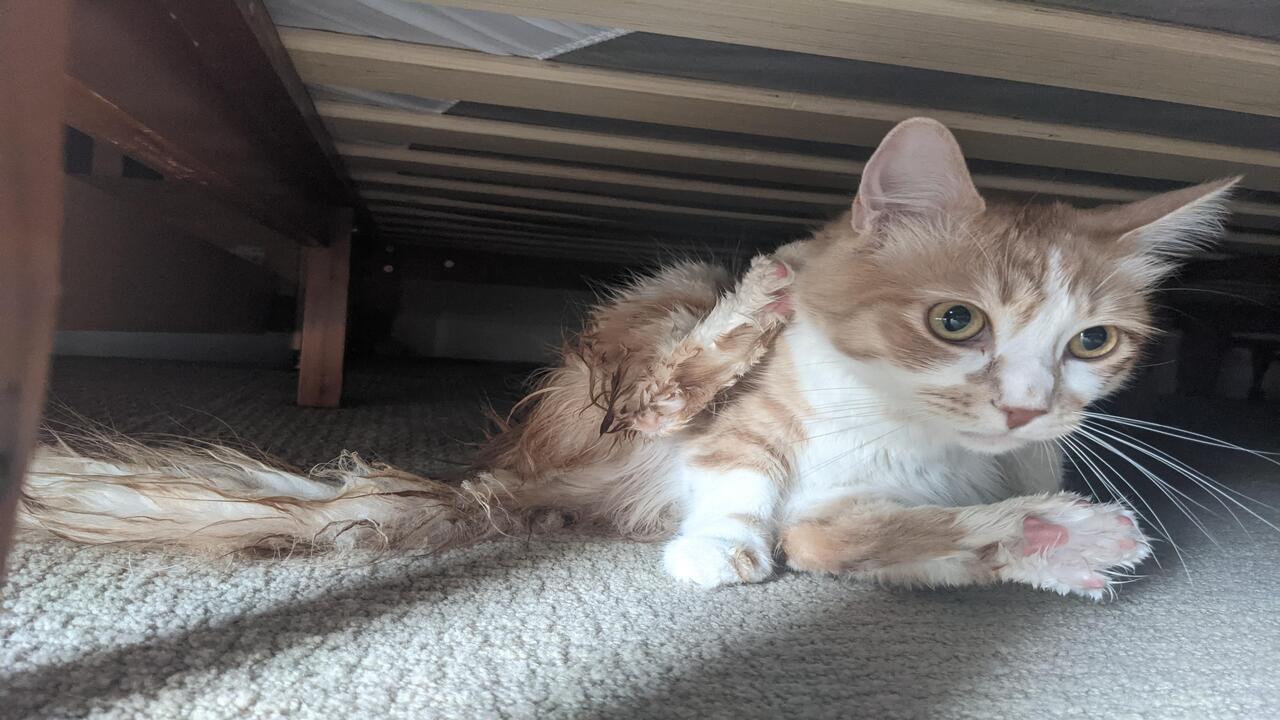
Removing cat dingleberries is crucial for maintaining your feline companion’s comfort and well-being. Dingleberries, clumps of feces stuck to the fur around a cat’s anus, can cause discomfort and irritation. If left untreated, these dingleberries can lead to skin infections or matted fur. By removing them promptly and consistently, you can prevent these potential health issues.
In addition to preventing infections and matting, removing dingleberries promotes better hygiene for your cat. It helps prevent unpleasant odors and keeps your cat’s rear end clean and free from fecal matter buildup. This is especially important for cats with long hair or those struggling with obesity, as they are more prone to developing dingleberries.
To effectively remove dingleberries, gentle methods are advised. You can use a fine-toothed comb or brush to comb out the dingleberry from your cat’s fur carefully. It’s also helpful to soften the dingleberry with pet-safe wipes or warm water before removal.
Trimming excess fur around the affected area can help prevent future dingleberries as well. Remember to be cautious and gentle during the process to avoid causing harm or discomfort to your kitty.
The Potential Risks And Discomfort Associated With Dingleberries
A dingleberry on your cat can pose potential risks and discomfort for your furry friend. A dingleberry is feces stuck in the fur around your cat’s anus. Not only can this cause irritation and discomfort for your cat, but it can also lead to more serious issues, such as infection or blockage of the anal glands.
It is important to regularly check and groom your cat’s fur to prevent dingleberries from forming. If you notice a dingleberry on your cat, gently remove it using warm water or pet-safe wipes. If the dingleberry is too large or you are unsure how to remove it safely, it is recommended to seek assistance from a veterinarian to ensure the health and well-being of your furry companion.
Steps To Safely Remove A Dingleberry From Your Cat’s Fur
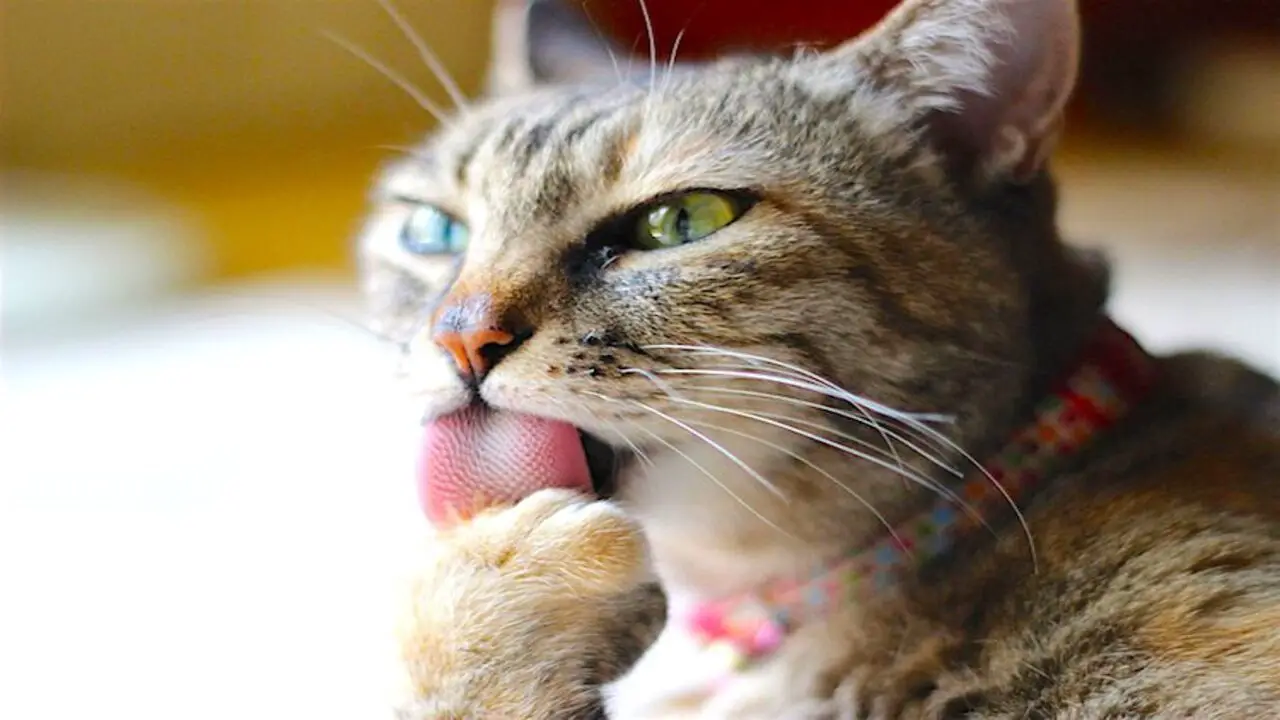
Discovering a dingleberry on your cat can be an unpleasant experience for both you and your furry friend. However, removing it safely and effectively is important to prevent any discomfort or potential health issues for your cat. Here are some steps to follow when removing a dingleberry from your cat:
- Prepare the necessary supplies. Gather a pair of gloves, pet-safe scissors, and a damp cloth.
- Approach your cat calmly. Cats can be sensitive about their personal space, so it’s important to approach them calmly and gently.
- Securely hold your cat. Gently hold your cat so that you can access the affected area without causing any harm or distress.
- Assess the situation. Look at the dingleberry and determine how tightly it is attached to the fur. If it is loosely attached, you may be able to remove it with your fingers or a damp cloth carefully.
- Cut if necessary. If the dingleberry is tightly attached, use pet-safe scissors to trim away the fur around it carefully. Be extremely cautious not to cut your cat’s skin.
- . Clean the area. After removing the dingleberry, gently clean the affected area and use a damp cloth or pet-safe wipes.
- Monitor for any signs of discomfort or redness. Keep an eye on your cat’s behavior and the area where the dingleberry was removed for any signs of irritation or infection.
- Remember, if you are unsure or uncomfortable performing this procedure, consult a veterinarian for professional assistance in removing the dingleberry from your cat safely and effectively.
Gently Comb Out The Dingleberry With A Fine-Toothed Comb Or Brush
To gently remove a dingleberry from your cat’s fur, it is important to choose a comb or brush with fine teeth. This will ensure that you can carefully work through the tangled fur without causing any discomfort for your kitty. Begin combing from the surrounding fur and gradually approach the dingleberry. Avoid pulling or tugging on the fur to prevent any pain.
Make sure to comb through the fur several times to ensure that you have successfully removed the dingleberry. This step may require patience, especially if the dingleberry is stubborn or tangled in the fur. Regularly clean and sanitize the comb or brush after each use to maintain good hygiene.
Using Pet-Safe Wipes Or Warm Water To Soften The Dingleberry Before Removal
To safely remove a dingleberry from your cat’s fur, use pet-safe wipes or warm water to soften the area before removal. Using pet cleansing wipes specifically designed for cats, gently clean the affected area by dabbing or wiping it. Another option is to use a soft cloth soaked in warm water to soften the dingleberry. With either method, it’s important to be gentle to avoid causing harm or discomfort to your cat.
Avoid harsh chemicals or excessive force, as they may irritate your cat’s skin. Instead, opt for pet-safe wipes or warm water, which are gentle and effective. After cleaning, thoroughly dry the area to prevent any moisture-related issues.
By following these steps, you can safely and effectively deal with dingleberries on your cat without causing any harm or unnecessary discomfort. Regular grooming and hygiene practices are essential for your cat’s overall health and well-being. Taking preventative measures such as trimming your cat’s fur and practicing good hygiene can help reduce the occurrence of dingleberries.
Trimming Excess Fur Around The Affected Area To Prevent Future Dingleberries
To prevent future dingleberries, it is important to trim the excess fur around the affected area. Use blunt-end scissors or electric clippers to trim the fur around your cat’s anus carefully. Take caution not to cut their skin while doing so.
Keeping the fur trimmed short is key, as it minimizes the chances of dingleberries forming. Regularly check and maintain the trimmed fur to prevent it from growing too long again. If you are unsure or uncomfortable with trimming your cat’s fur, it is recommended to seek professional help.
Trimming the excess fur reduces the likelihood of dingleberries forming and causing discomfort for your kitty. Remember to use the appropriate tools, such as blunt-end scissors or electric clippers, to ensure your cat’s safety. Keeping the fur around the affected area short will help prevent feces from getting caught.
Regular maintenance is essential to keep the fur from growing too long again. If you are not confident in your trimming skills, it is always best to consult a vet or a professional groomer. They can provide expert guidance and ensure that your cat’s fur is kept at an optimal length to avoid dingleberries.
Preventative Measures To Avoid Dingleberries In Cats
To prevent dingleberries in cats, it is essential to take preventative measures. One of the best ways to avoid dingleberries is to promote a balanced diet and ensure that your cat receives adequate nutrition. This will help in maintaining their weight within a healthy range and prevent obesity-related issues.
Regular grooming is also crucial to prevent excess fur accumulation, especially around the anal area. Keeping your cat well-groomed can minimize the chances of dingleberries forming.
Additionally, encouraging your cat to stay hydrated is important as it promotes regular bowel movements, helping to prevent dingleberries. It is also important to monitor your cat’s litter box habits and address any changes promptly. By doing so, you can identify any potential issues and take appropriate action.
Regular Grooming And Hygiene Practices For Your Cat’s Overall Health And Well-Being
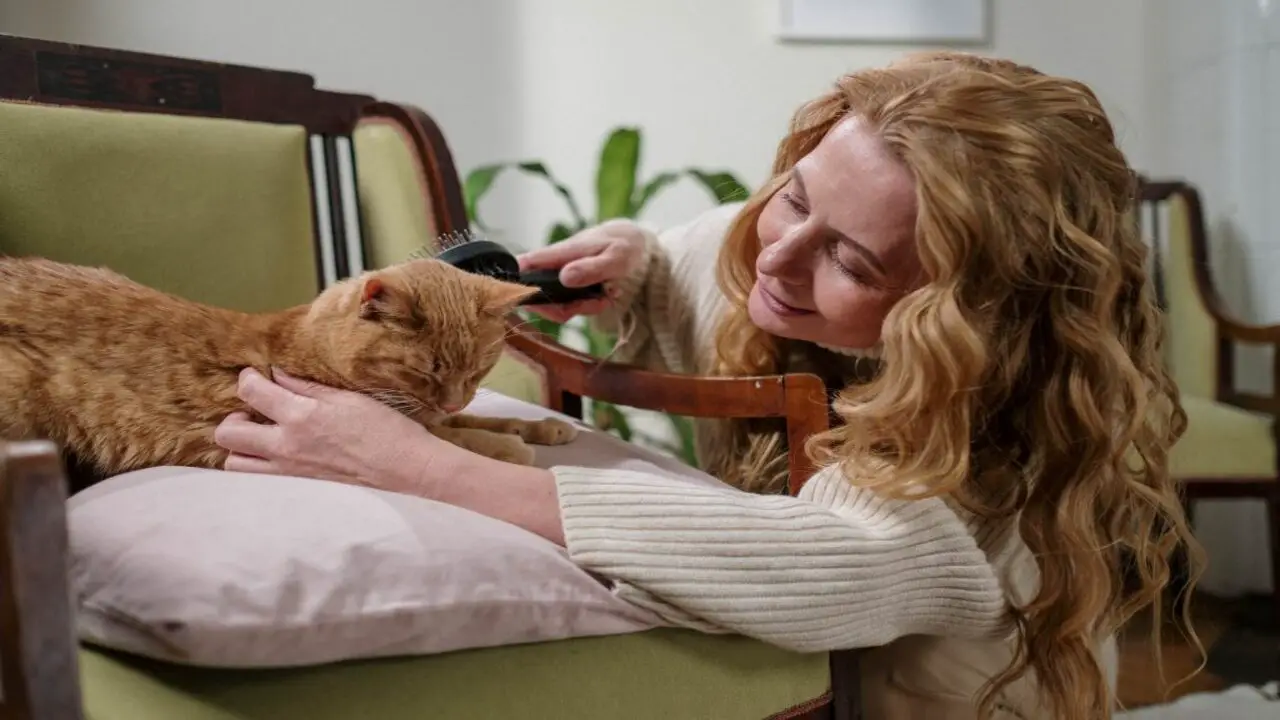
Regular grooming and hygiene practices are crucial in maintaining your cat’s overall health and well-being. One important aspect of grooming is to brush your cat’s fur regularly. This helps prevent tangles, matting, and potential dingleberries from forming. By keeping their fur clean and knots-free, you ensure that your cat remains comfortable and avoids discomfort.
- In addition to brushing, it is essential to trim your cat’s nails regularly. This prevents scratching and makes grooming sessions more manageable and pain-free for your furry friend. Trimming their nails also reduces the risk of them getting stuck in fur or causing injury to themselves or others.
- Just like humans, cats also need their ears and teeth cleaned regularly. Cleaning your cat’s ears helps prevent infections and keeps their hearing sharp. Similarly, regularly brushing their teeth helps maintain oral hygiene and prevents dental issues such as gum disease.
- While bathing cats may not always be necessary, it can be a part of their grooming routine if done correctly. Use cat-friendly products and techniques to ensure your kitty stays clean without causing any skin irritations or discomfort.
- Lastly, scheduling regular veterinary check-ups is essential for your cat’s overall health. A vet can identify any underlying health concerns, provide vaccinations, and recommend the best ways to keep your cat healthy and happy.
Incorporating these regular grooming and hygiene practices into your cat’s routine ensures their overall health and well-being.
Conclusion
Dealing with dingleberries on your cat can be challenging and unpleasant, but it is important for the health and comfort of your furry friend. Regular grooming and hygiene practices, such as brushing and trimming excess fur, can help prevent dingleberries from forming in the first place.
If you do come across a dingleberry, it is essential to handle the situation with care and caution to avoid causing any harm or discomfort to your cat. By following the steps mentioned dingleberry on cat, you can safely remove dingleberries and ensure the well-being of your beloved pet. Maintaining proper hygiene is crucial for your cat’s overall health and happiness.
Frequently Asked Questions
What Animal Has Dingleberries?
Dingleberries can be found on any animal with fur, including dogs, cats, and rabbits. These small pieces of dried feces cling to the fur and can be prevented with good hygiene and grooming habits. Regular bathing and brushing help prevent dingleberry buildup.
What Is A Dingleberry On A Cat?
A dingleberry on a cat refers to a clump of dried feces stuck to the fur around the anus. It can occur due to diarrhea, obesity, or long hair. Dingleberries are uncomfortable for cats and can lead to health problems if left untreated. Regular grooming and maintaining good hygiene can prevent dingleberries in cats.
What To Do If Cat Has Dingleberry?
If your cat has a dingleberry, gently clean it with warm water and a washcloth to avoid discomfort or potential health risks. Regular grooming can help prevent future dingleberries. If the issue persists, consult a veterinarian for further evaluation.
How Do You Prevent Dingleberries In Cats?
To prevent dingleberries in cats, regular grooming and fur trimming are essential. Feeding them a high-fiber diet helps too. Ensure they have access to clean water for hydration. If dingleberries persist, consult a veterinarian for further advice.
How Can I Remove A Dingleberry From A Very Uncooperative Cat?
When dealing with an uncooperative cat, removing a dingleberry can be challenging. Approach with care and patience. Trim the hair around the affected area, consider using grooming spray or wipes, and seek professional help.

Aquarium passion is all about connecting with the aquatic life and providing education to the public on the importance of these creatures. We showcase a wide variety of marine life through our exhibits as well as working with schools to provide unique learning opportunities for students of all ages.

